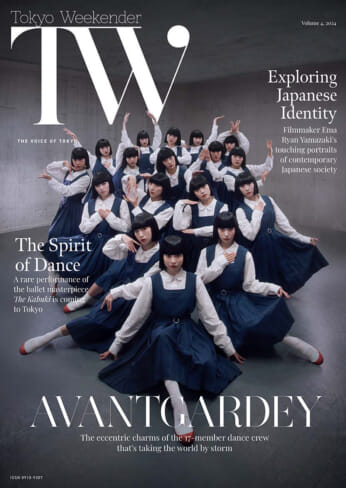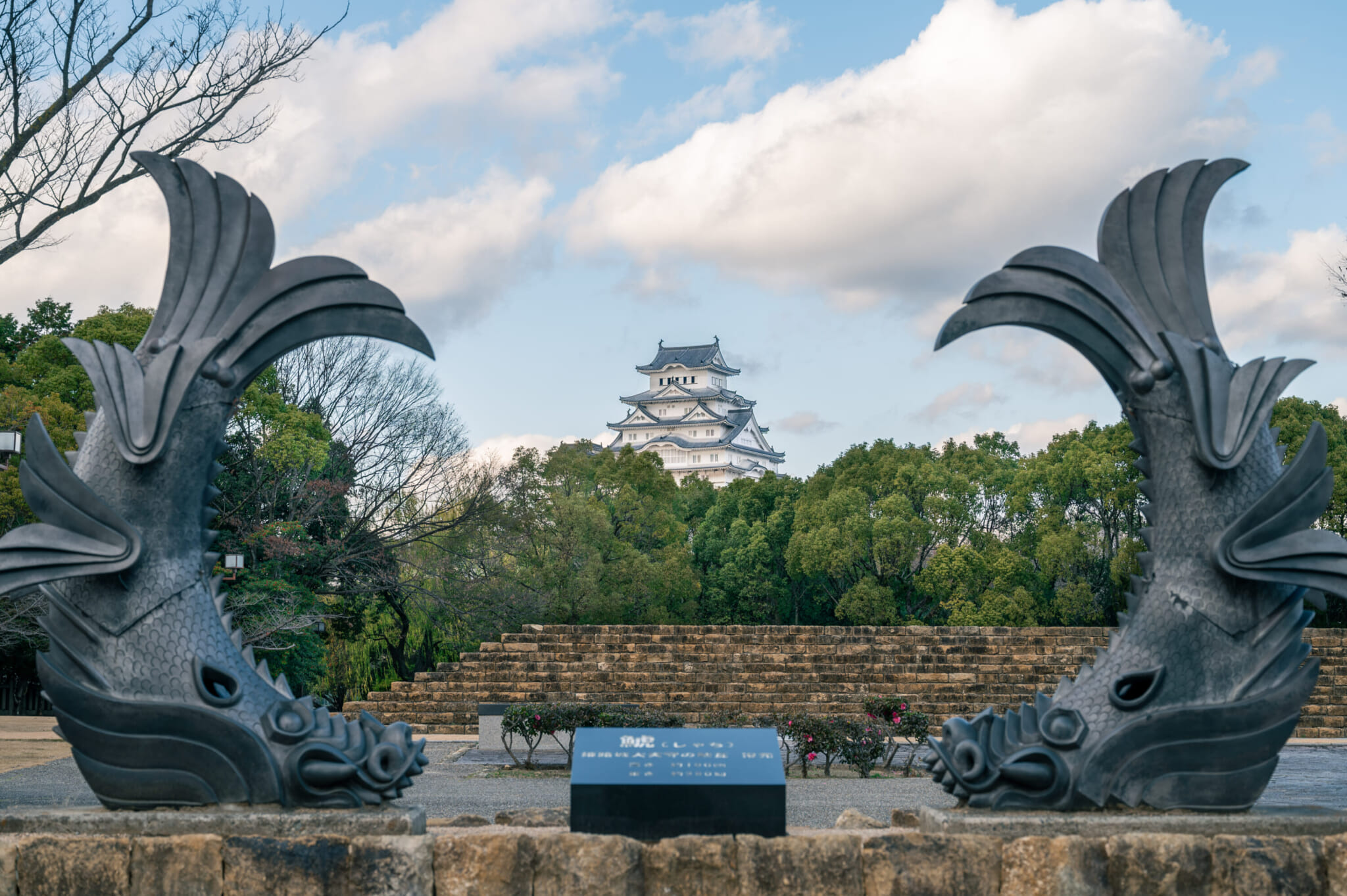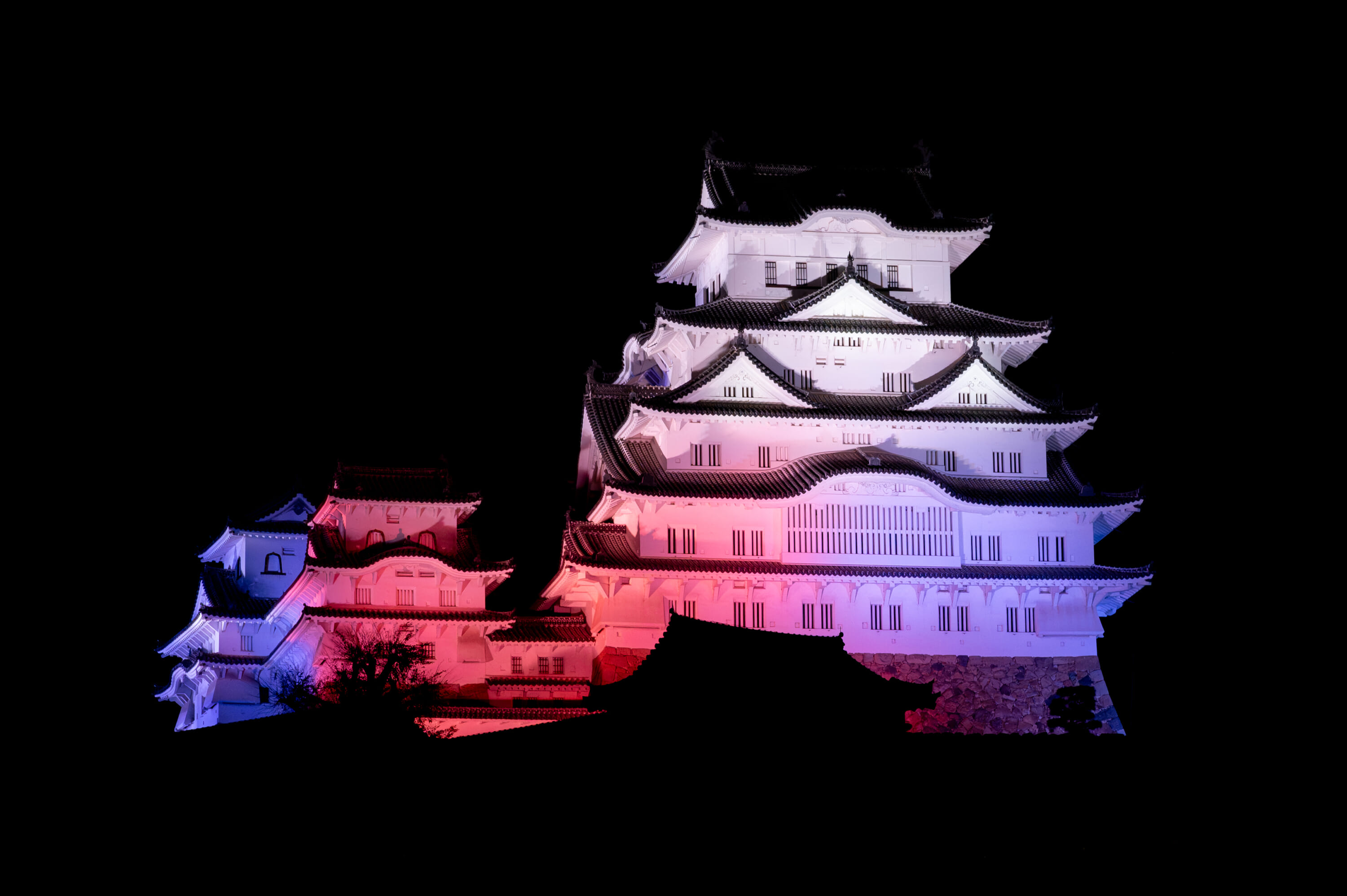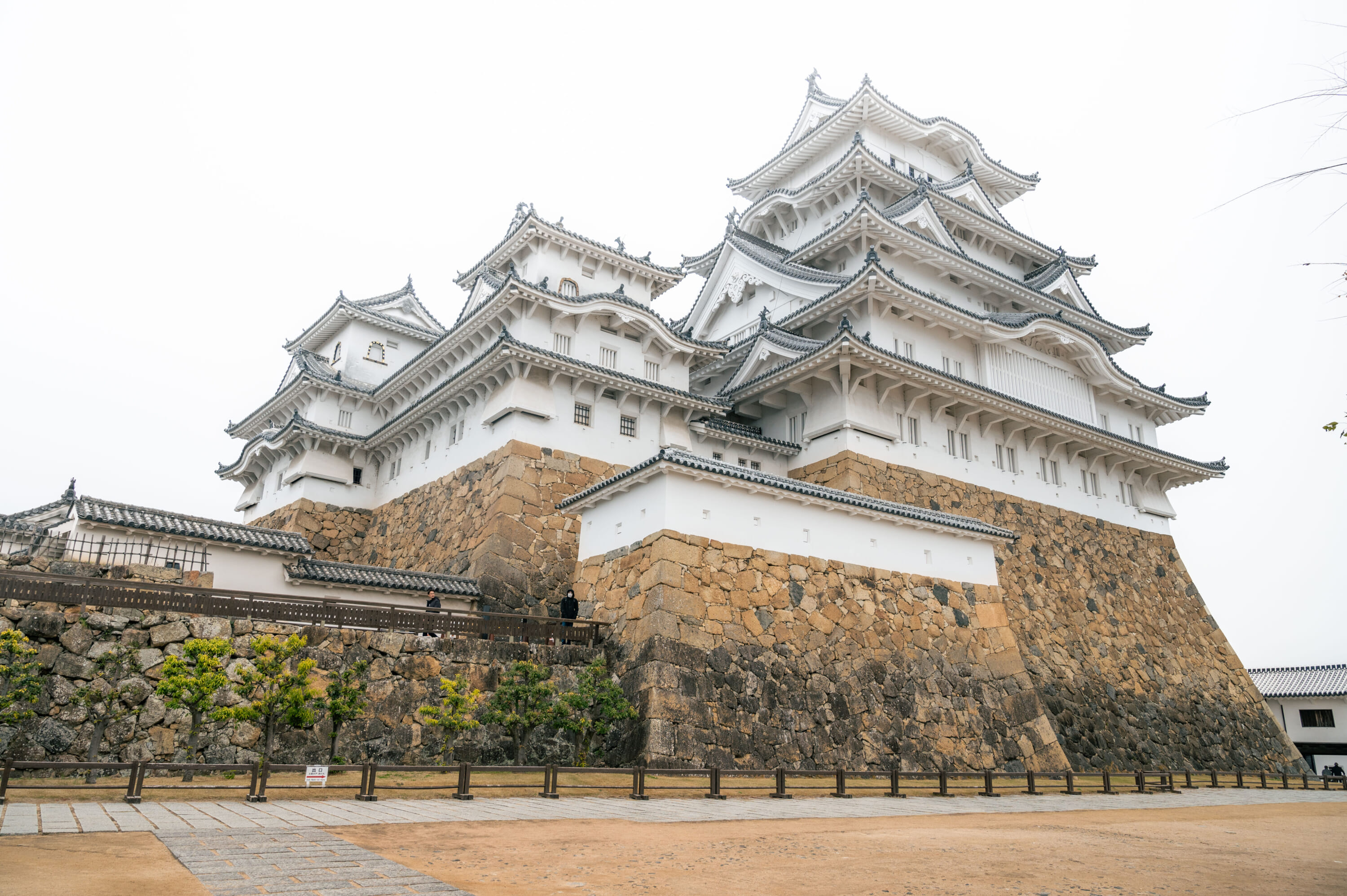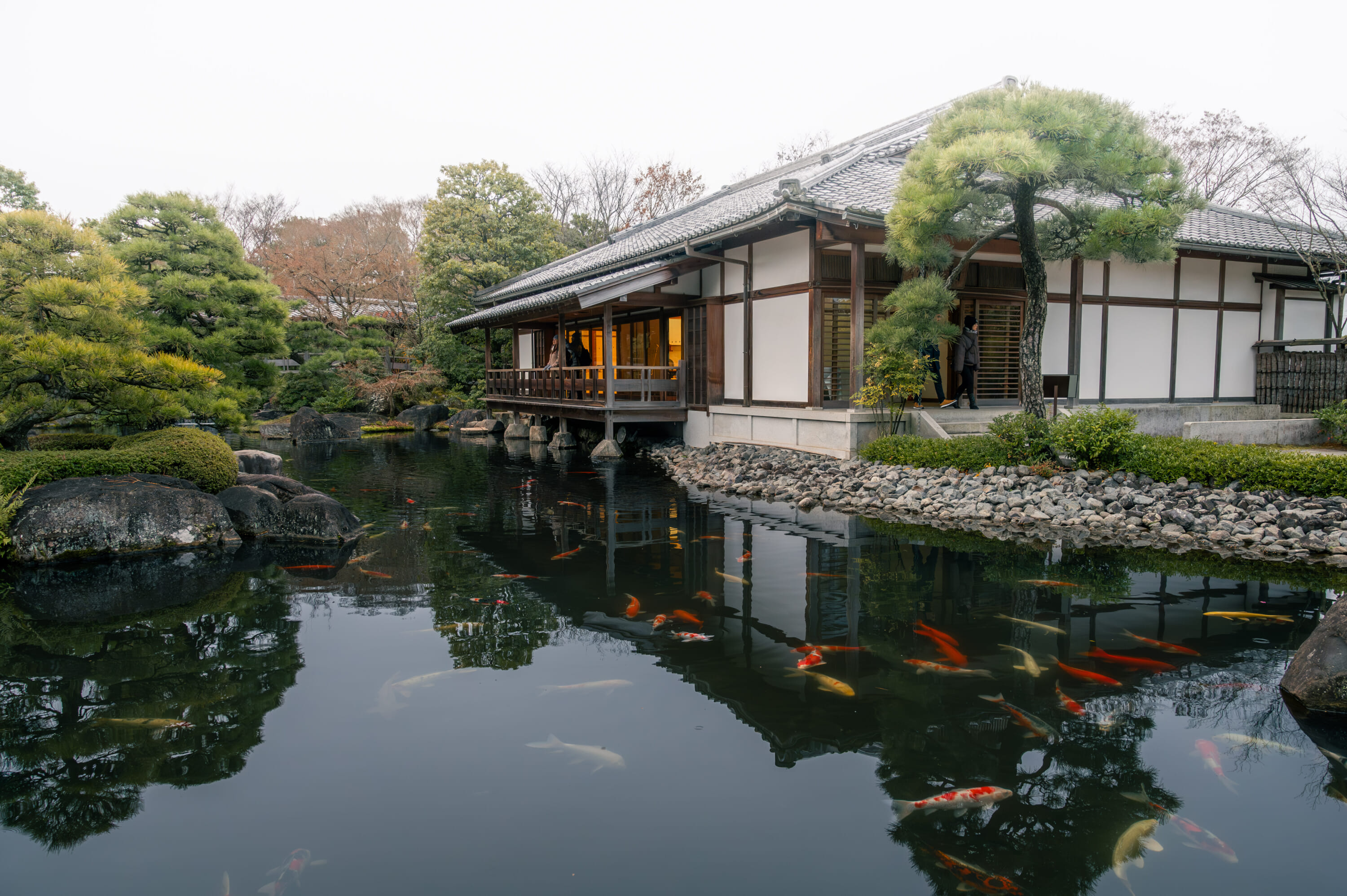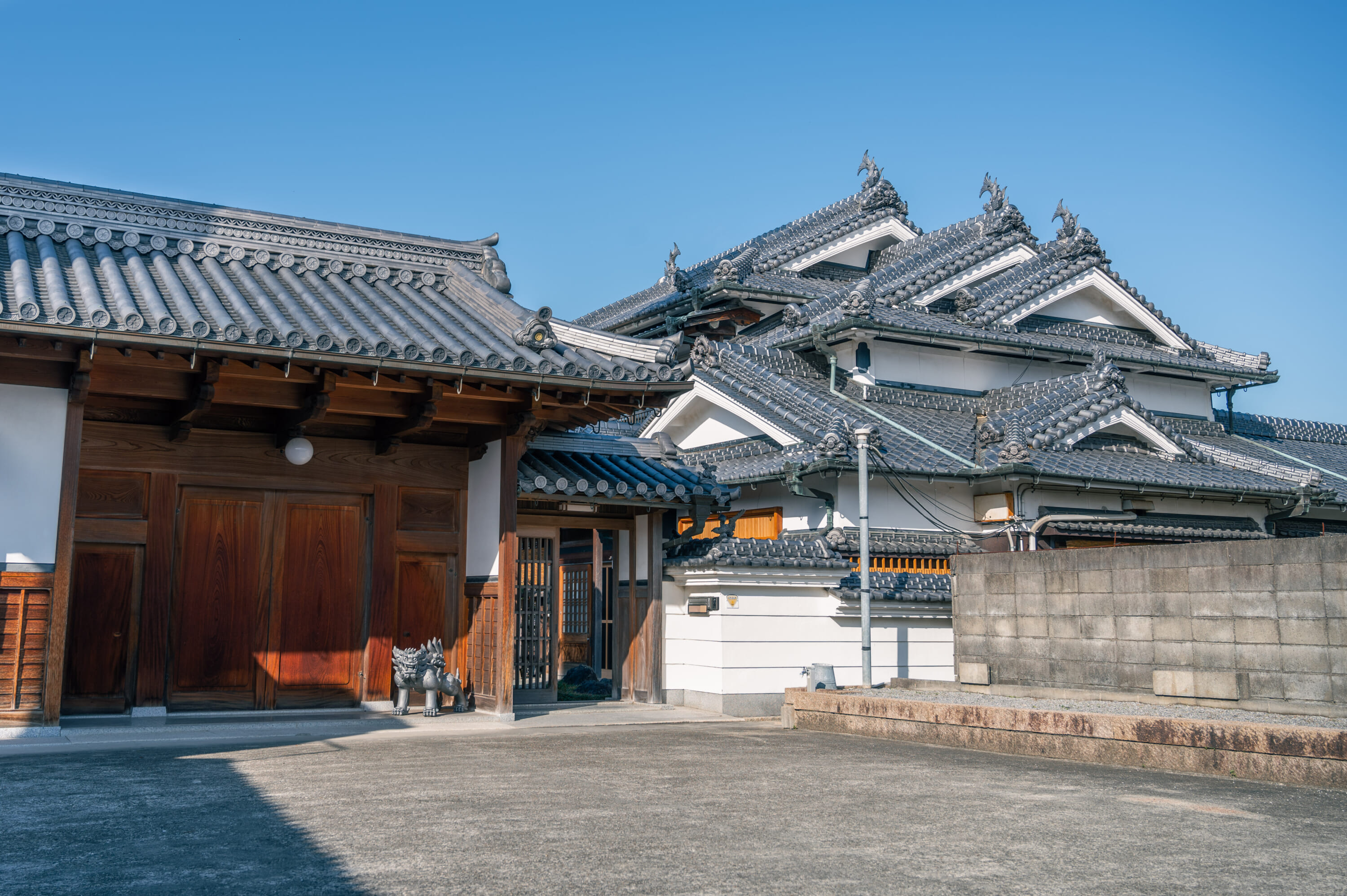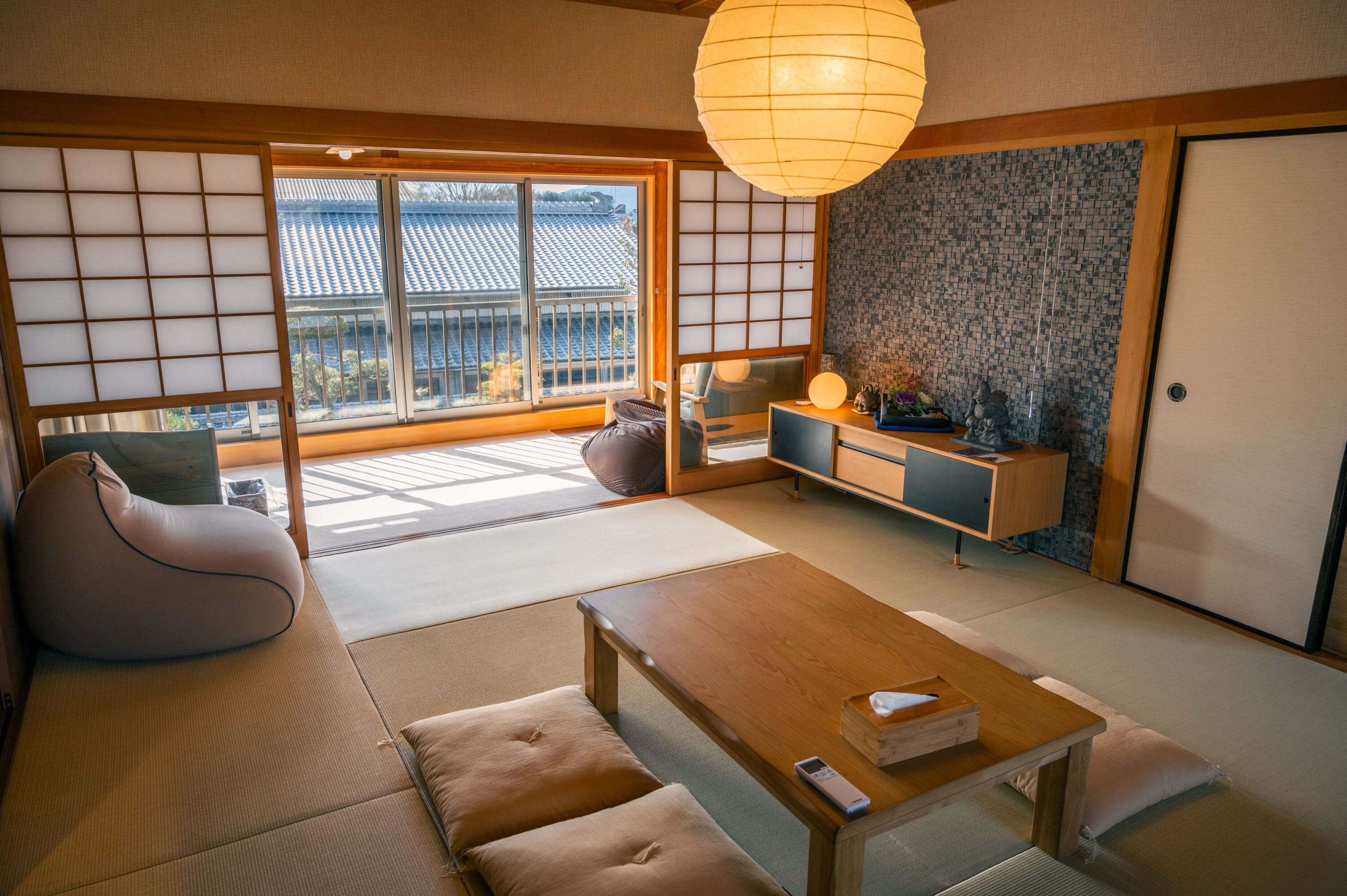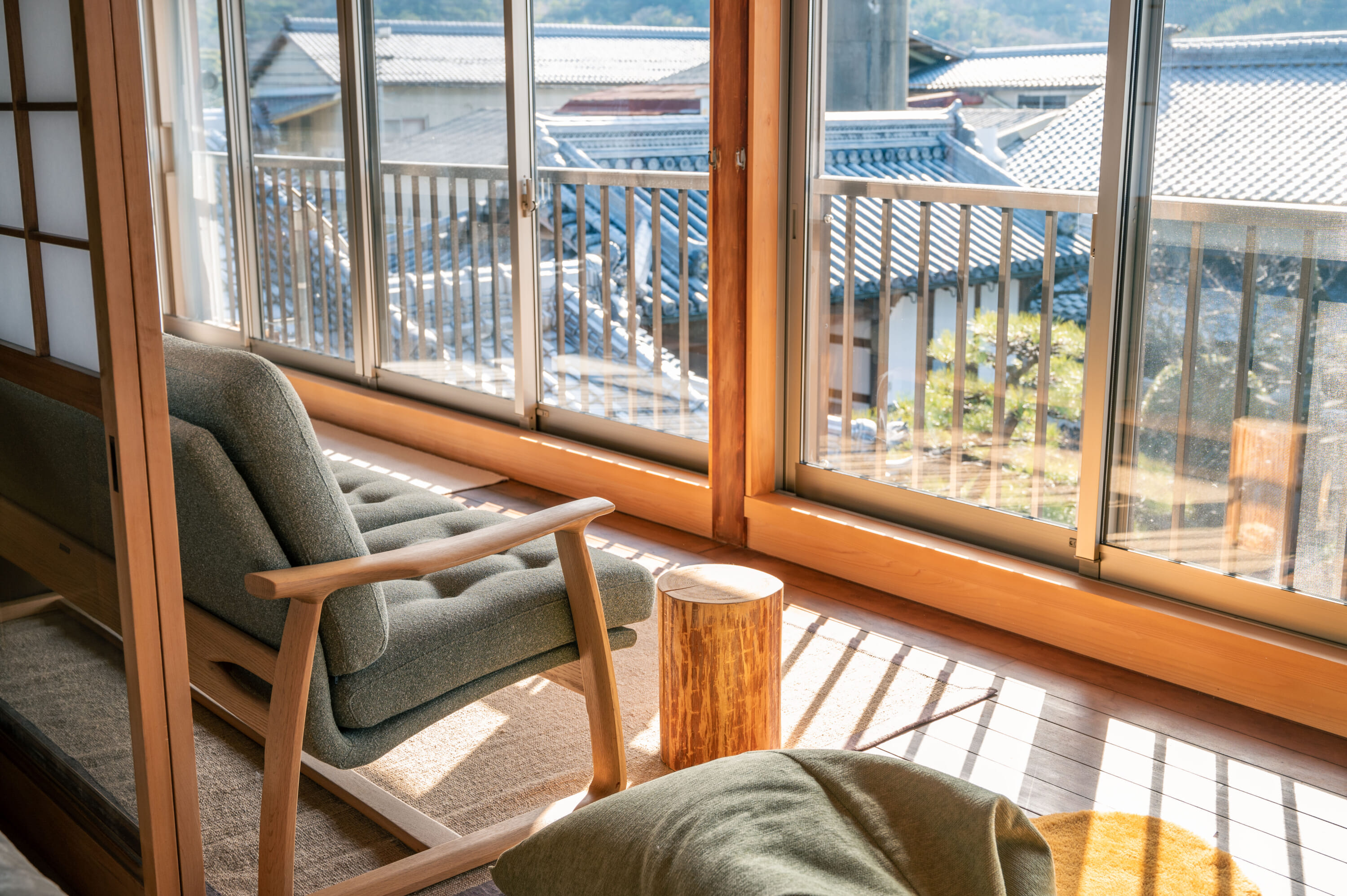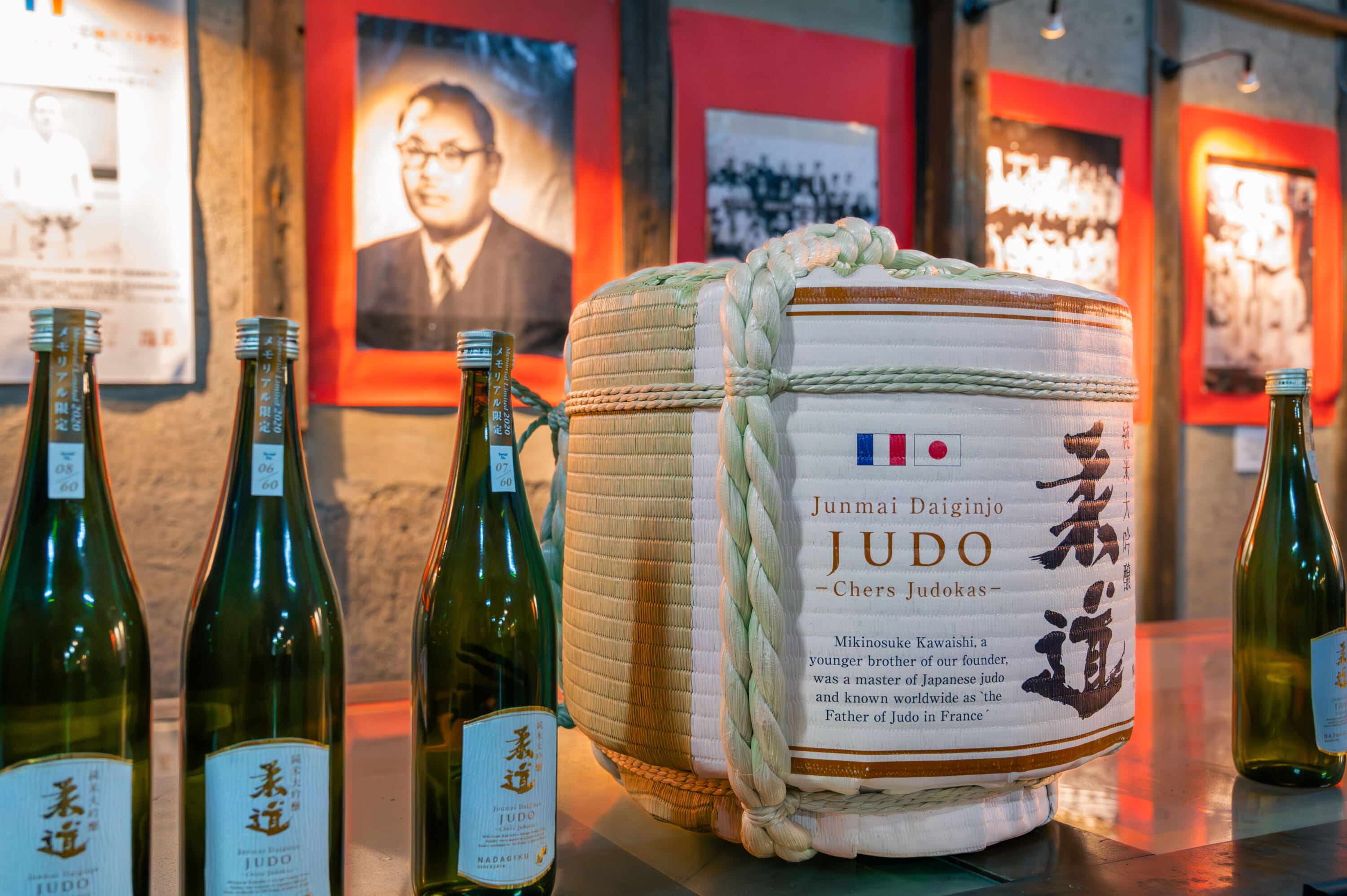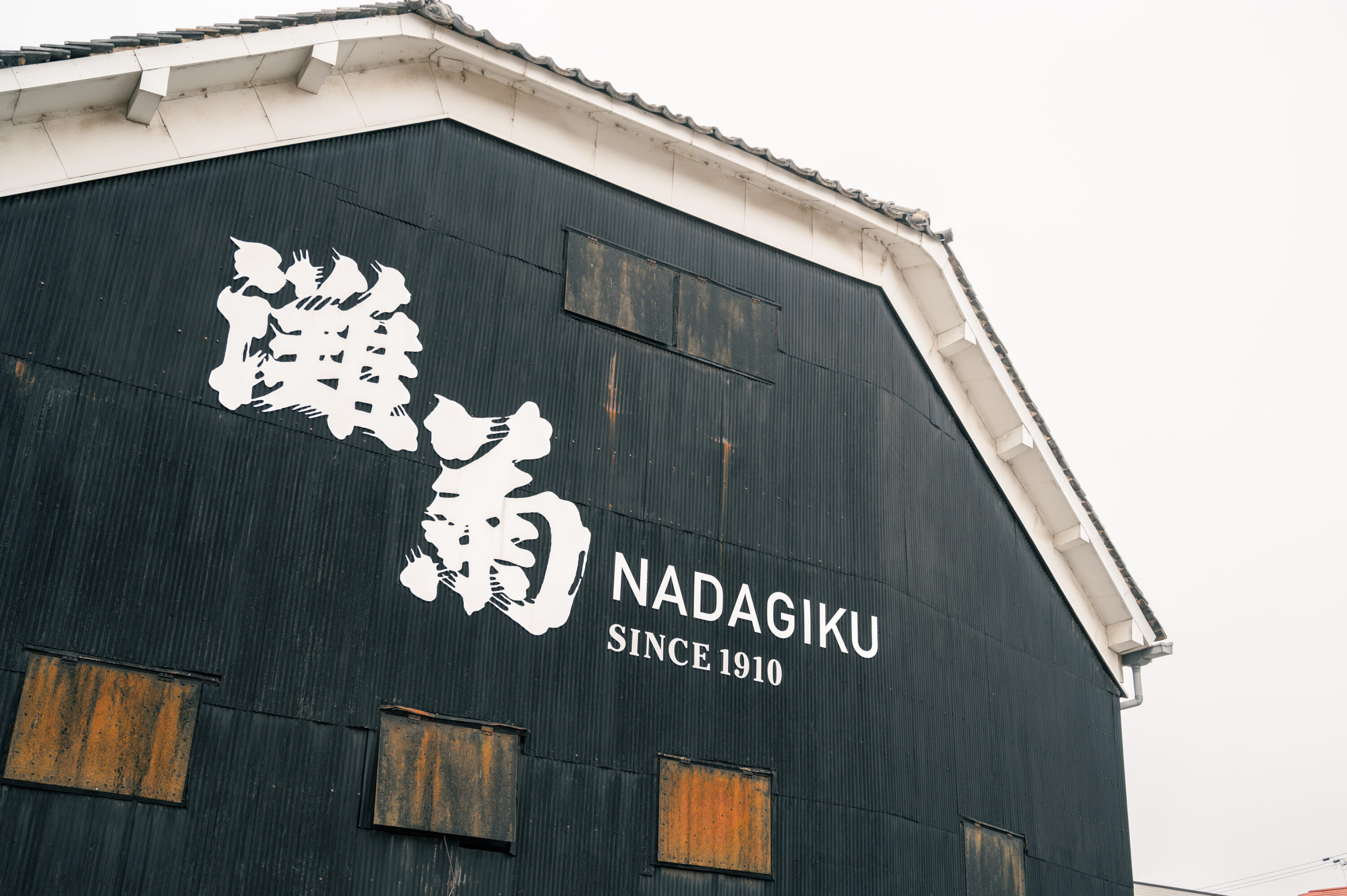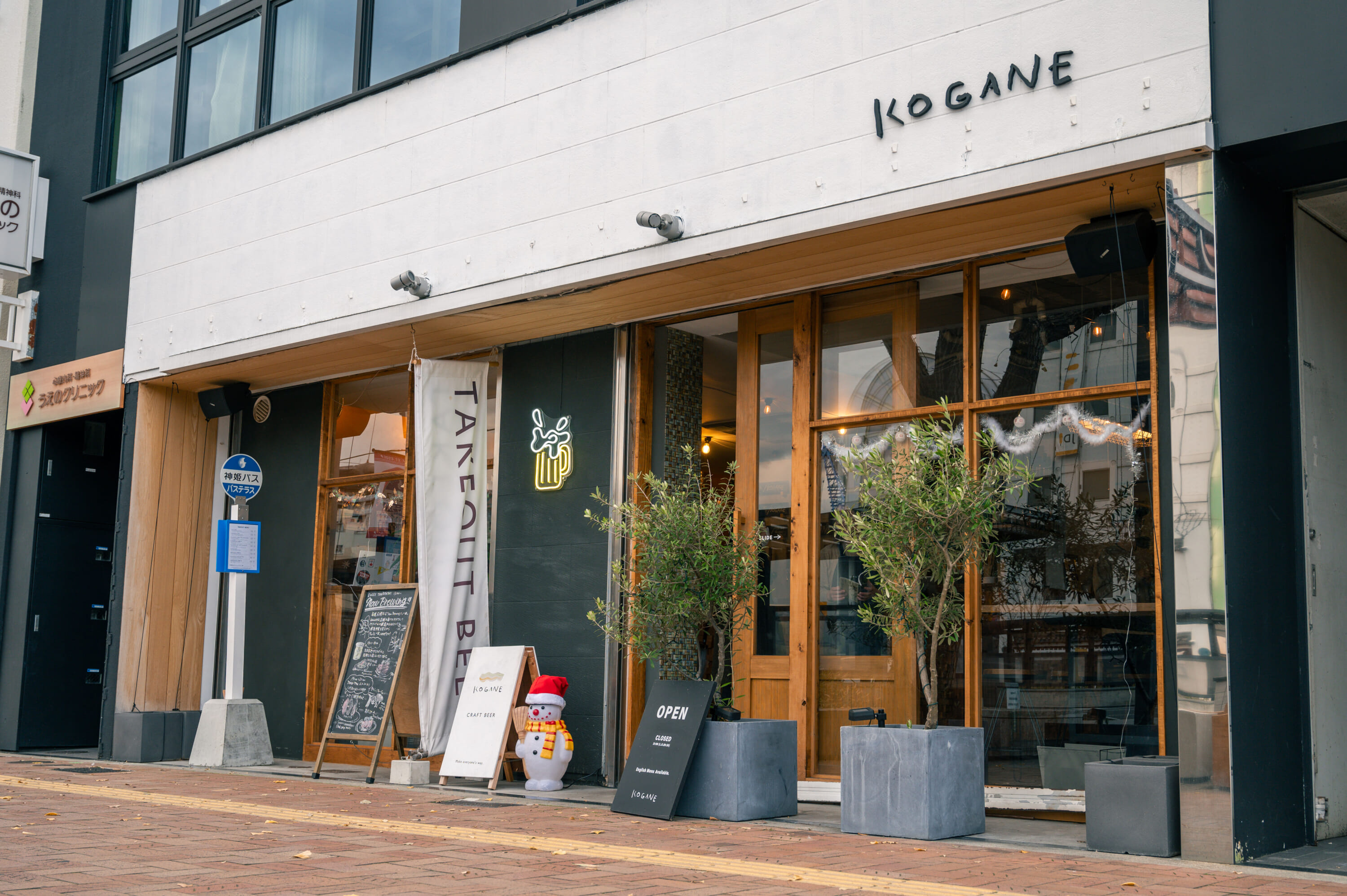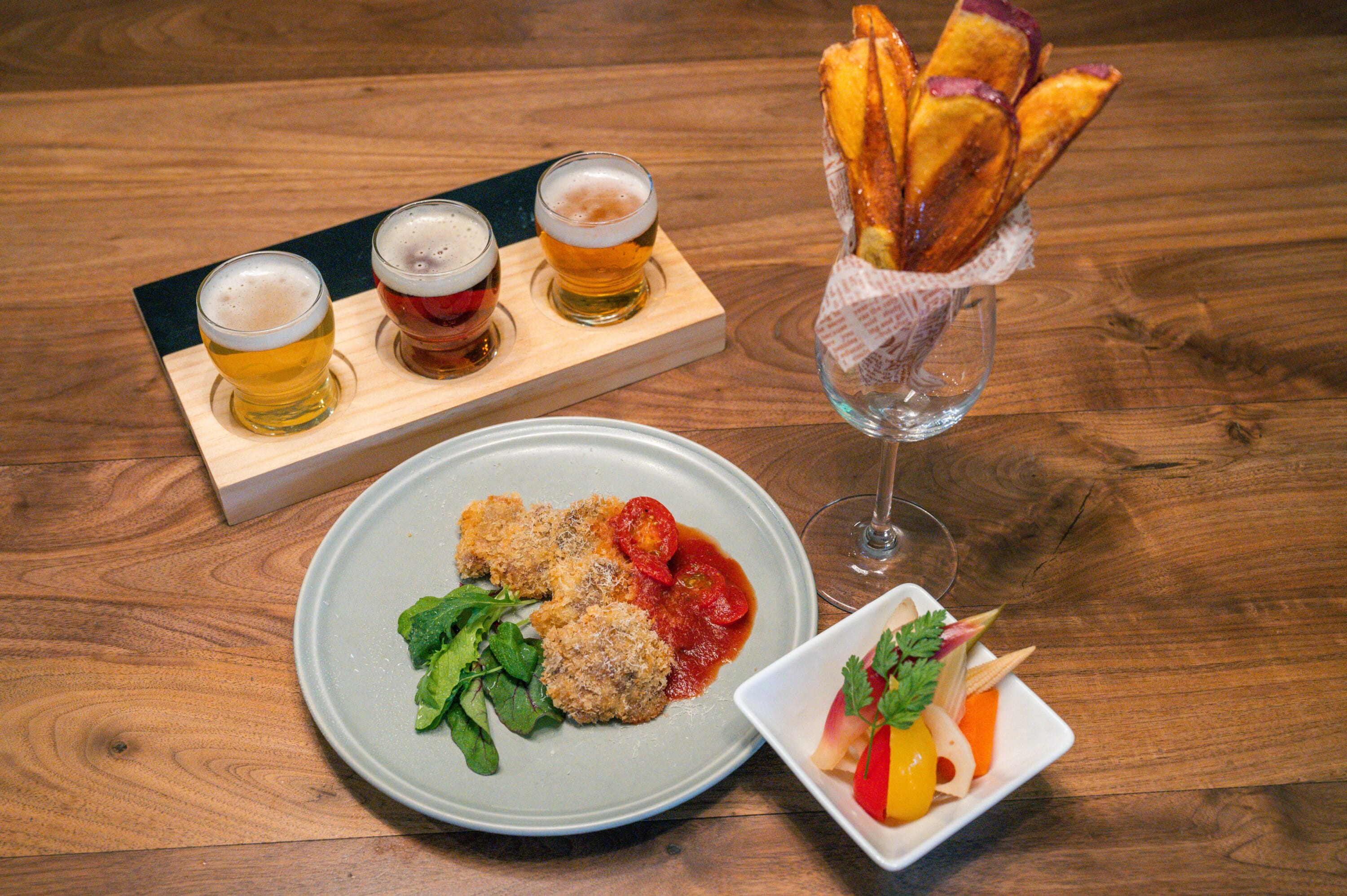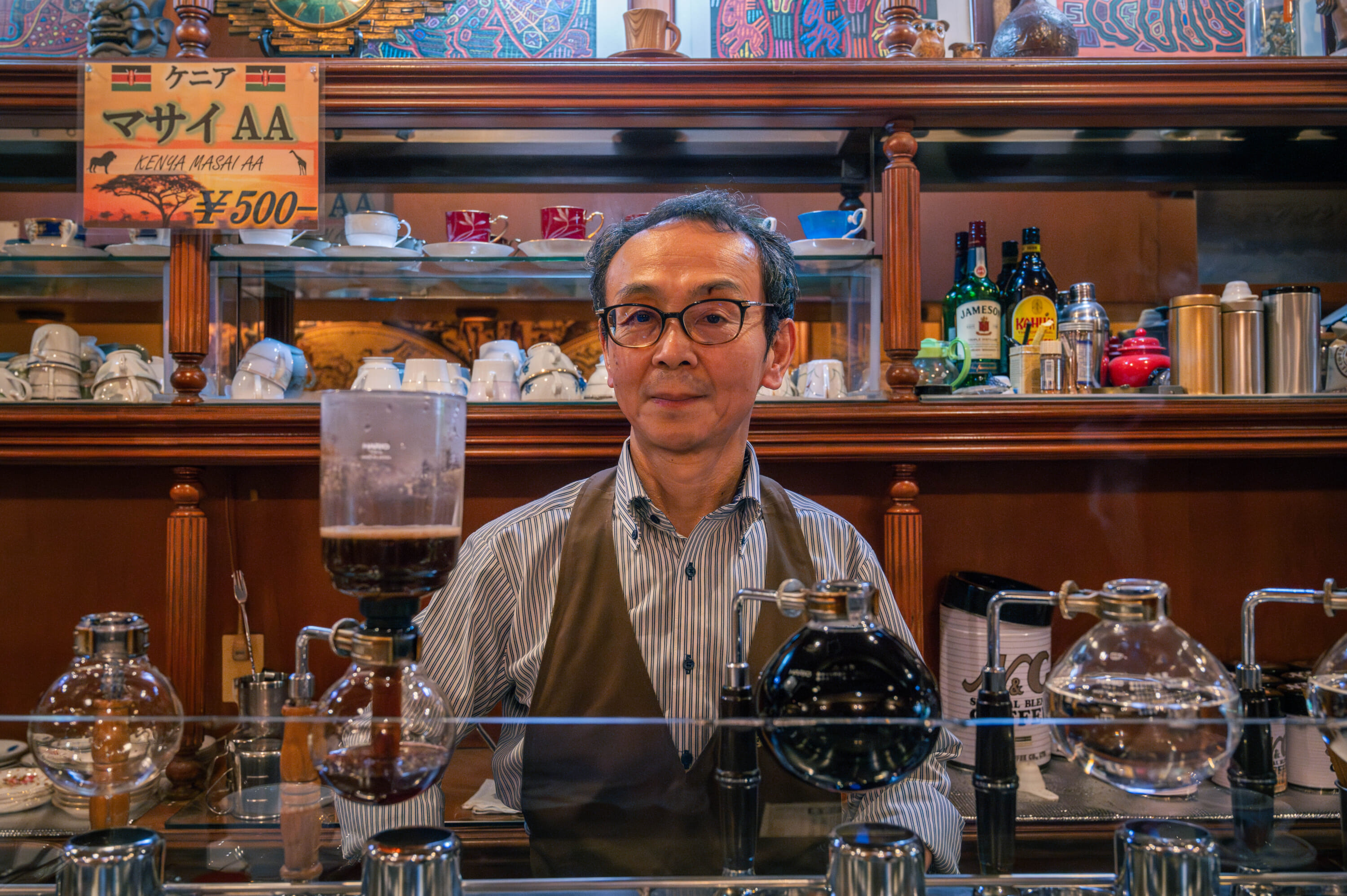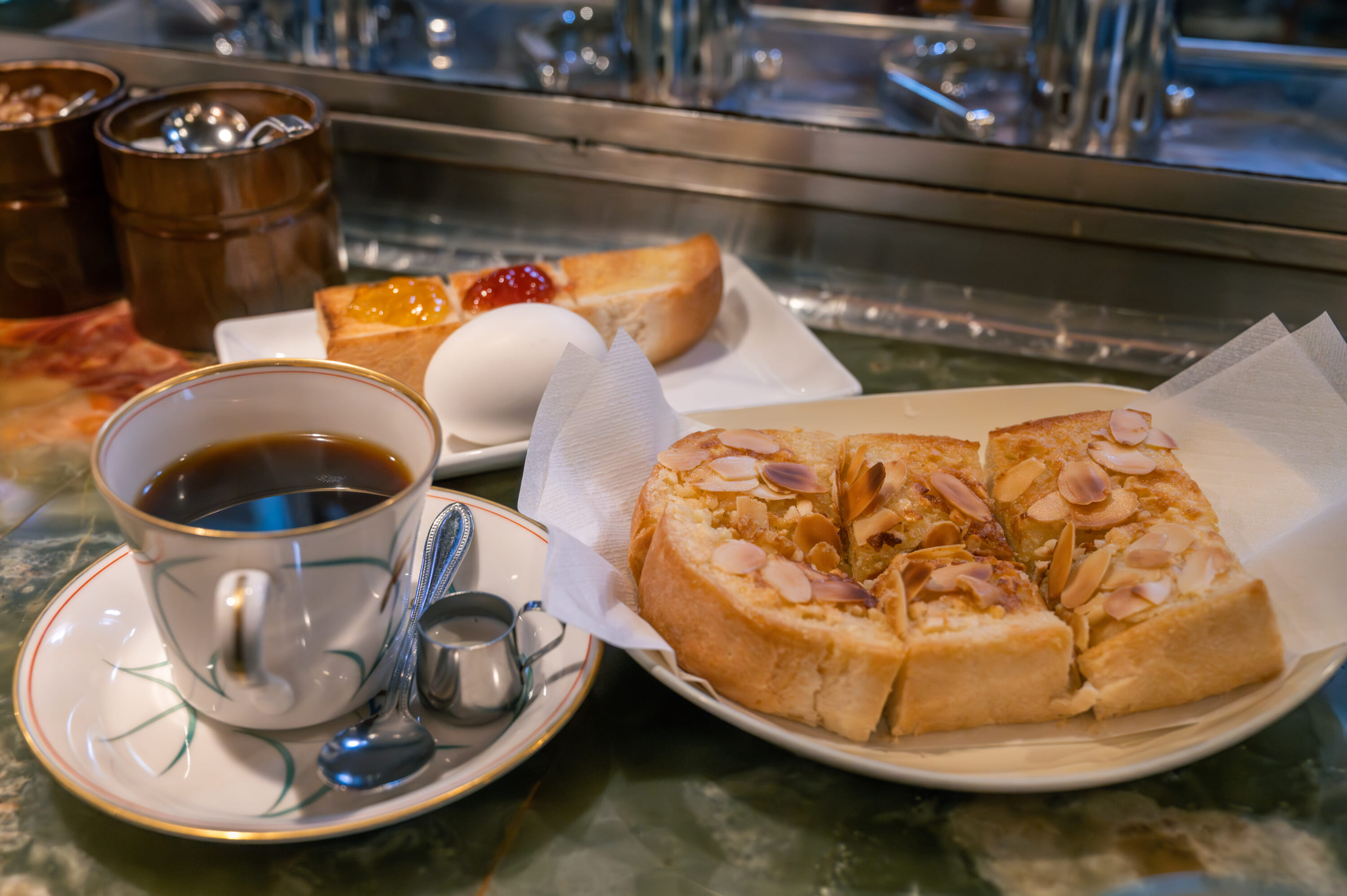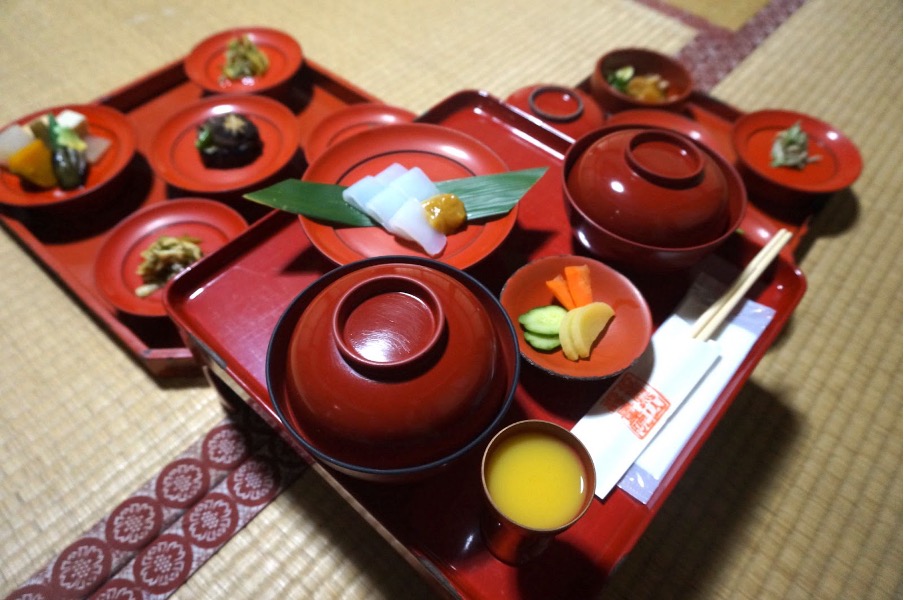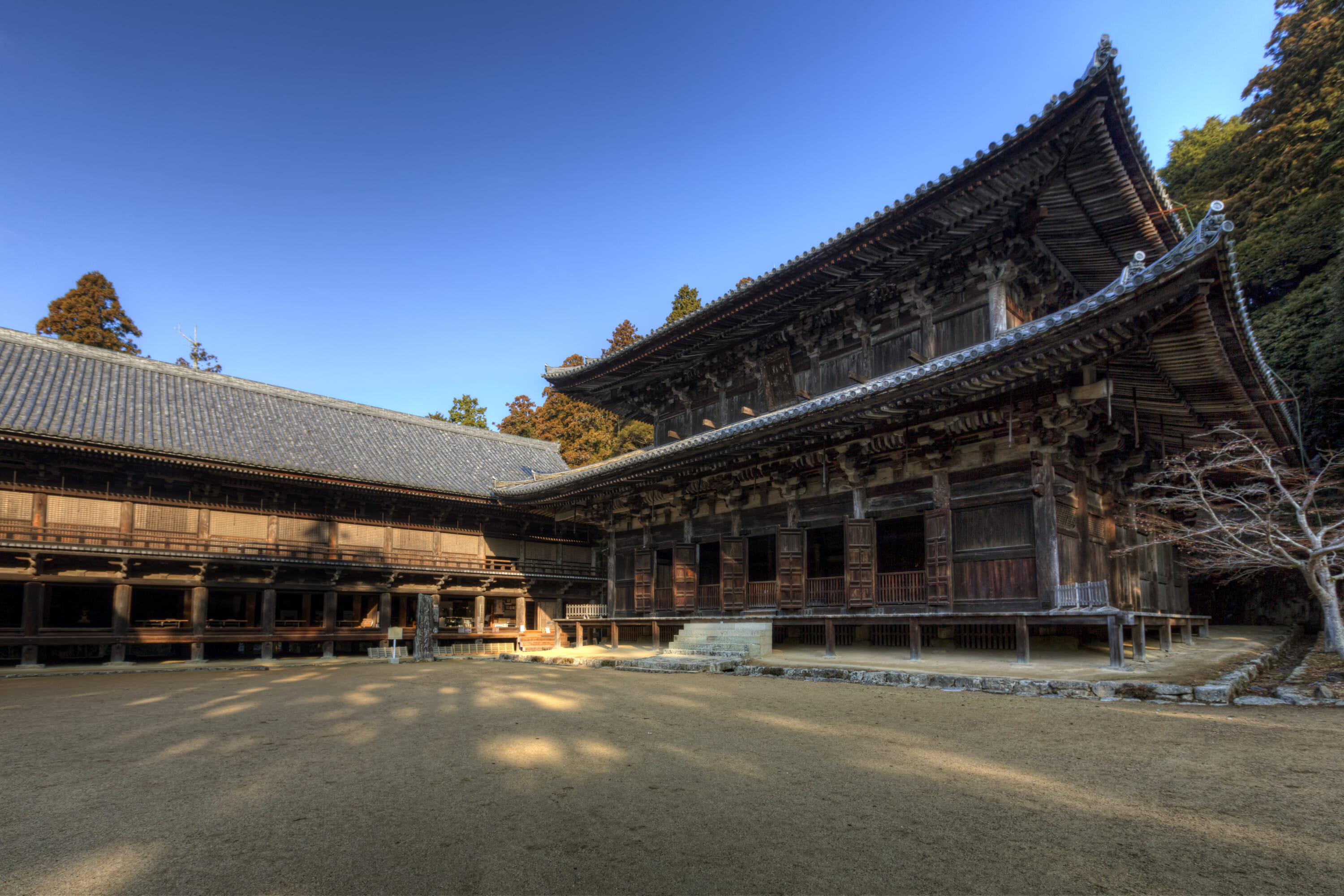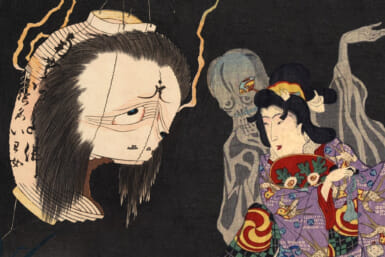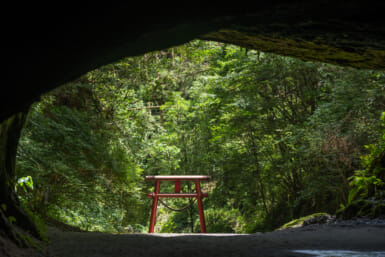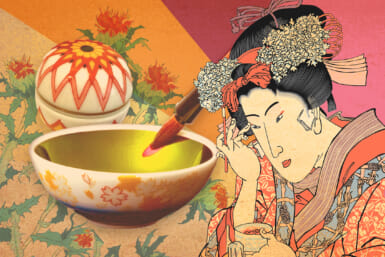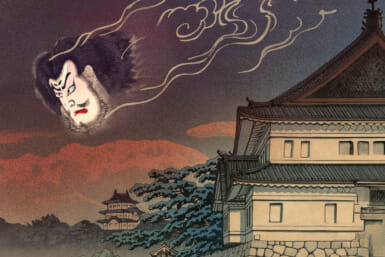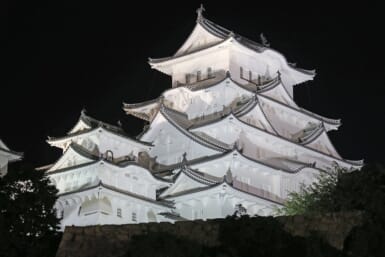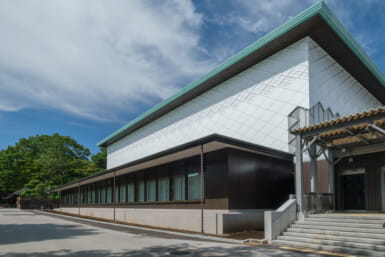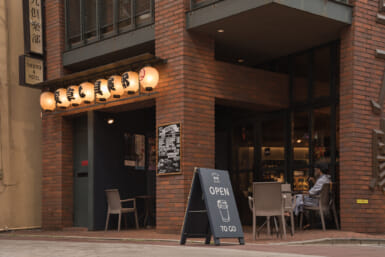Himeji Castle — one of Japan’s 12 original castles, a National Treasure of Japan and a UNESCO World Heritage Site — is a must-visit spot. In December 2023, the castle, nicknamed the White Heron Castle, celebrated its 30th anniversary as a World Heritage Site, and it greeted this milestone with an eye to environmental responsibility by, in early 2023, installing energy-efficient LED lights under the supervision of renowned lighting designer Motoko Ishii. By doing so, the castle, beloved for preserving history, proved that it’s also looking to the future.
Himeji city and its residents are similarly trying to shine anew by preserving history while also welcoming modern technologies, sustainability practices and overall improvements. Generational family businesses are innovating, thinking outside the box and collaborating with passionate new entrepreneurs. Himeji is not only a historical town; it’s a multifaceted municipality with a lively present and a promising future.
Under the Roof of Skilled Artisans
Himeji Castle is routinely maintained, particularly its roof tiles and plastering. Koyo Seiga, a tile maker with a 100-year history, is the only Himeji-based tile maker involved in the making of the castle’s roof tiles and its shachihoko rooftop fish ornaments, which happen to be the biggest in Japan. The company makes ibushi-kawara smoked tiles for the signature silvery-black colored roofs of Japan’s castles.
Currently run by Natsuko Sasada, the fourth-generation CEO and first female successor, with help from her daughter Yuko, this family-owned business is, in fact, the last remaining roof tile maker in Himeji — and it’s their innovativeness that keeps them going. Sasada came up with the company’s Koyo Ibushi brand of mosaic tiles, which provide a more modern look while still utilizing the 200-year-old craftsmanship upheld by the company. Koyo Seiga also makes an effort to recycle old roof tiles, contributing to sustainability goals.
Sasada and company’s latest expansion of the business is offering the old family home as a guesthouse. Recently renovated, filled with old ceramic ornaments and roofed with the same kind of tiles as Himeji Castle, the peaceful Kungin Bettei, which overlooks a traditional Japanese garden, is a unique accommodation. The host will pick you up from the nearest station and even give you a free factory tour. Guests can also book a workshop to make their own souvenir. Next year, the mother-daughter duo plans to open a small café and a gallery.
Himeji Brew: Local Sake and Beer
As part of the Harima region of Hyogo Prefecture, Himeji is in one of Japan’s most renowned sake-producing areas, where the Yamada Nishiki variety of rice — regarded as the current king of sake rice — is widely grown. Himeji’s Nadagiku Brewery, established in 1910, is run by Misa Kawaishi, one of the few female sake brewers in Japan. Sample fresh unpasteurized sake, Nadagiku’s original Kraud rice liqueur, and amazake, or buy cosmetic products made with sake lees at Nadagiku’s shop.
If stock lasts, check out the sake dedicated to Mikinosuke Kawaishi, one of Misa Kawaishi’s ancestors and the man credited with bringing judo to France. The brewery also has four restaurants, one of which is reservation-only. The most popular for lunch is the Maegura restaurant; try its signature beef sukiyaki hot pot served with cotton candy.
On the other side of the brewing spectrum, Kogane Brewery is two young people’s contribution to Himeji’s hipster culture. CEO Nobuyuki Kajiwara, an architect, designed the store, which comes complete with a new outdoor seating area that takes inspiration from Himeji Castle — visible from Kogane’s entrance.
Head brewer Yusaku Iida brews the beer on-site from behind a glass wall. He has also brought his experience working in a game meat restaurant, so Kogane has venison dishes on the menu. The brewery values community and collaboration with other craft breweries. It also gives its brewing byproducts to local farmers for fertilizer and recently created a savory granola with local brand Nicorirund.
Kissaten Comfort
For a charming dive into coffee history, enter Himeji’s shopping arcade to find Hamamoto Coffee, which Takuya Hamamoto, the master brewer and owner, opened in 1975. Hamamoto resembles a scientist, lighting burners beneath glass containers, as he works tirelessly making siphon coffee. The Himeji local prides himself on having a wide variety of coffee beans on hand, as well as on making some of his own blends. Never having repeated a blend, Hamamoto was working on blend number 202 at the time of our visit.
From 7am to 11am, the shop offers a breakfast service, a kissaten custom where customers receive a free breakfast with any coffee order. Make sure to try the almond toast, too, a Himeji specialty served throughout the day. At Hamamoto Coffee, it’s made with a delicious trio of almond powder, diced almonds and sliced almonds set atop a portion of pillowy-soft shokupan bread.
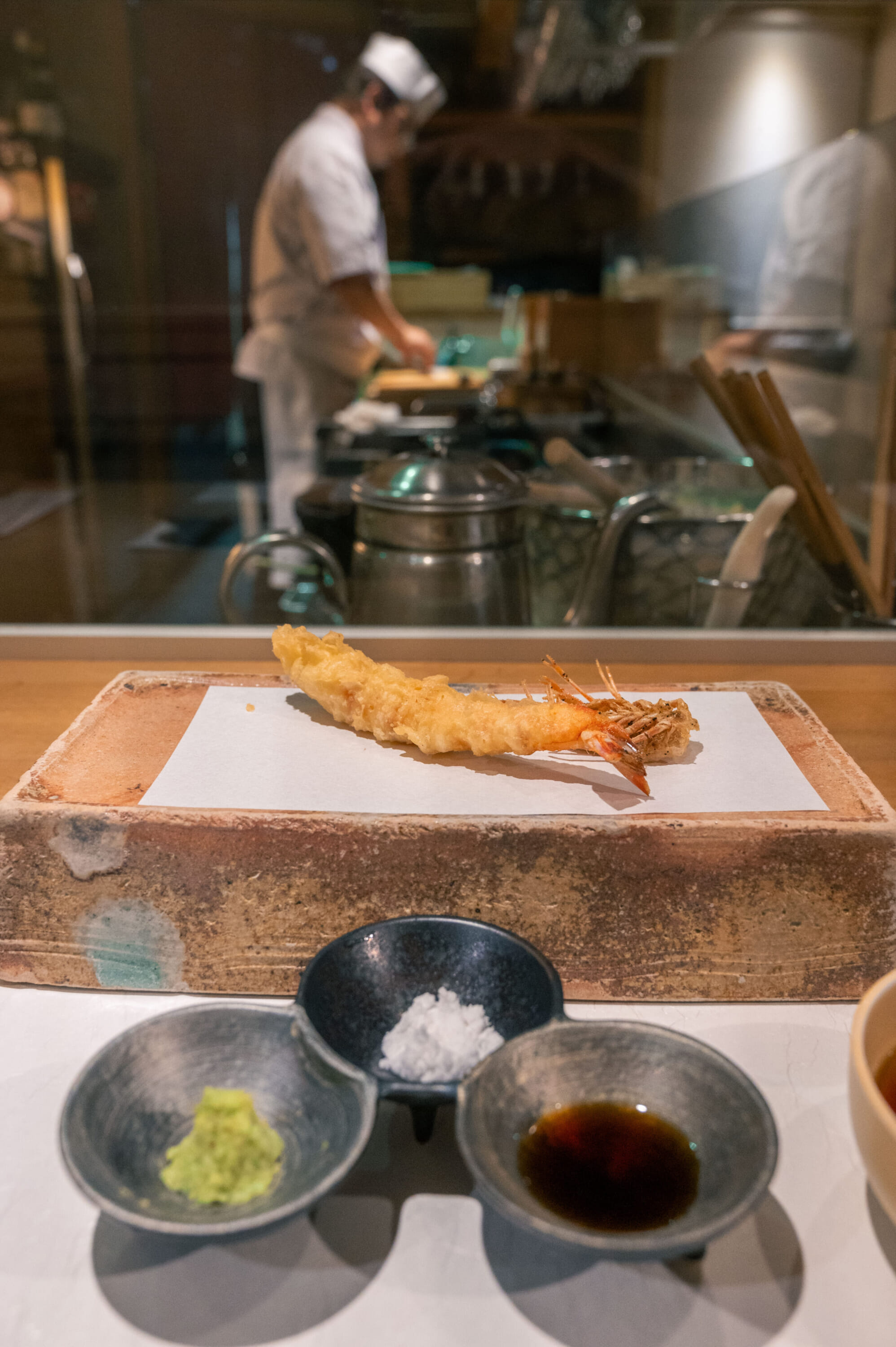
Heavenly Food
Find yourself transported to cloud nine by the delicate tempura and sashimi served at Hakuun Makoto. Master chef Kenji Nakajima, helped by family members, has been running the restaurant for 28 years. A certified sushi chef, he prides himself on buying fresh local produce and on expertly aging and curing fish for the smoothest, most perfect morsels of sashimi.
Nakajima’s tempura is light and delectable, and brings out the best of each ingredient. An excellent example is his specialty — sweet potato tempura slow-fried for two hours. A certified wine sommelier, too, he pairs both wine and sake — served in Edo kiriko glasses — with his masterful culinary creations. For an exquisite end to your meal, order the original pudding concocted by Nakajima and his wife. Their Ufu brand is one of the most popular products in Himeji.
An important point to note before planning a visit is that in the interest of serving only the freshest food and to prevent food loss, Hakuun Makoto is by reservation only.
Michelin-Starred Temple Food
Finally, take a short drive and a scenic cable car ride to the top of Mount Shosha. What awaits is a panoramic view, splendid nature and Shoshazan Engyoji, a temple that’s over a millennium old.
The expansive Buddhist temple complex has many claims to fame: It featured in The Last Samurai, boasts two stars in the Michelin Green Guide that rates sightseeing spots and prepares one Michelin-starred shojin ryori (Buddhist vegetarian cuisine). Served in the Juryo-in building, you can taste it only if your visit falls between April and November.
More Info
Discover more of what Himeji has to offer at visit-himeji.com/en/.
